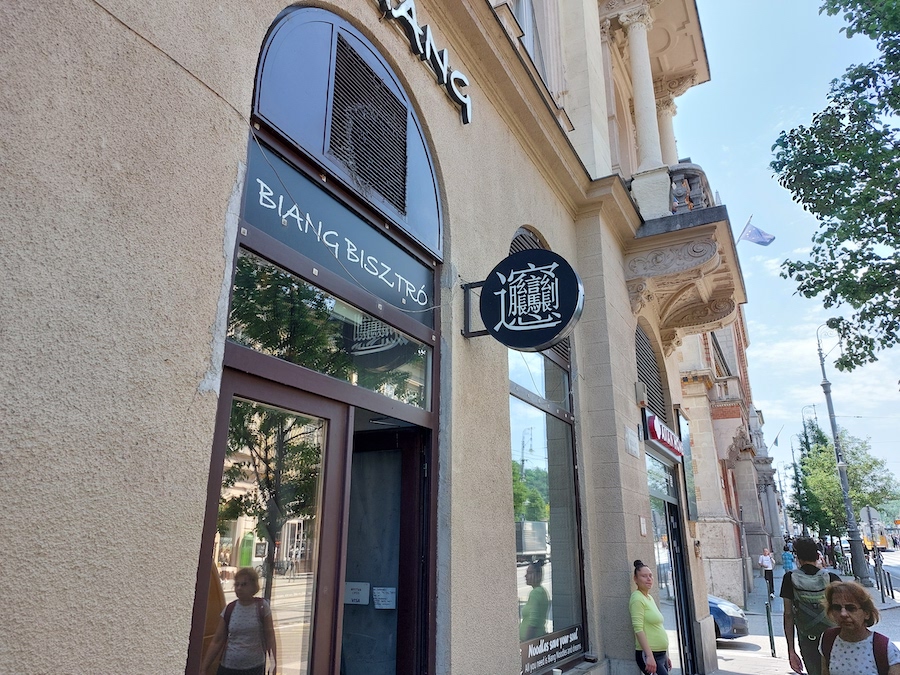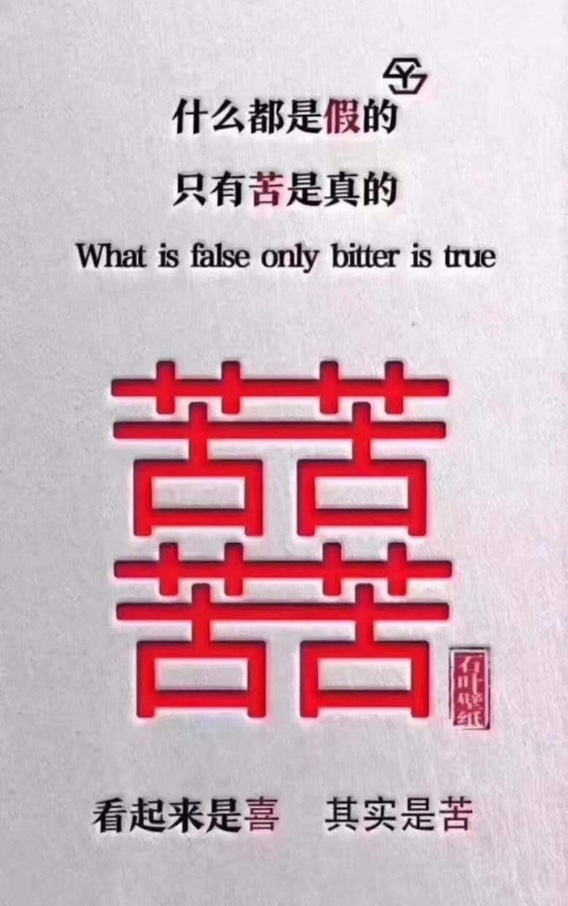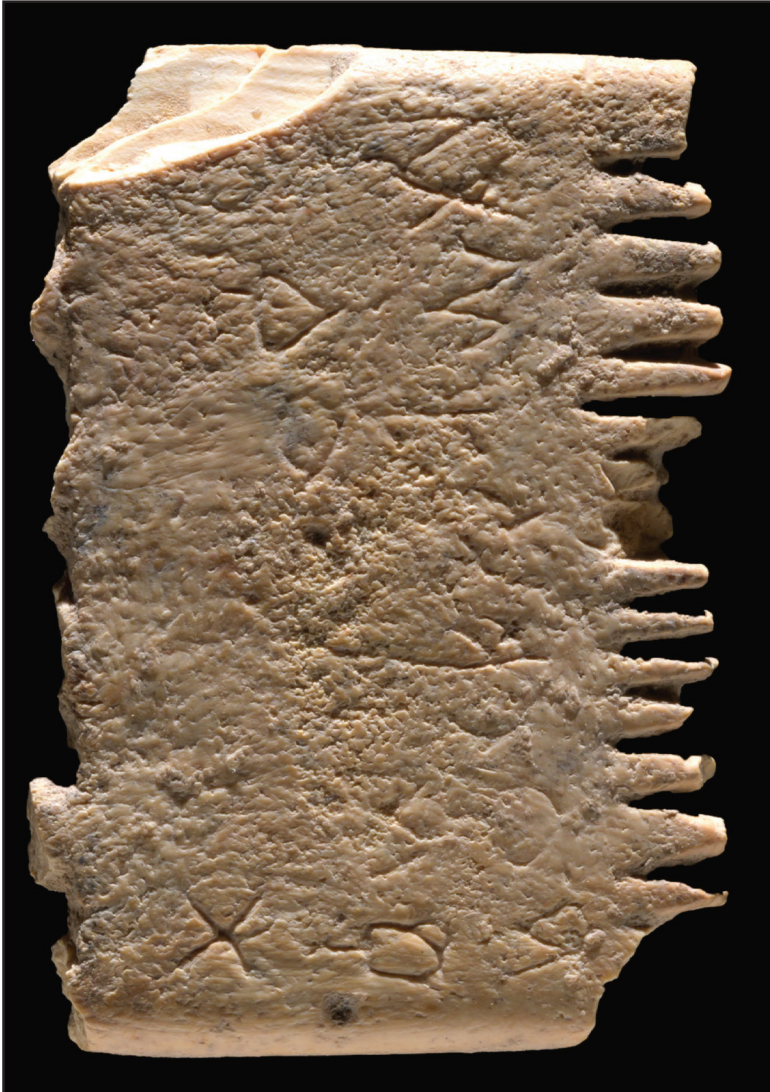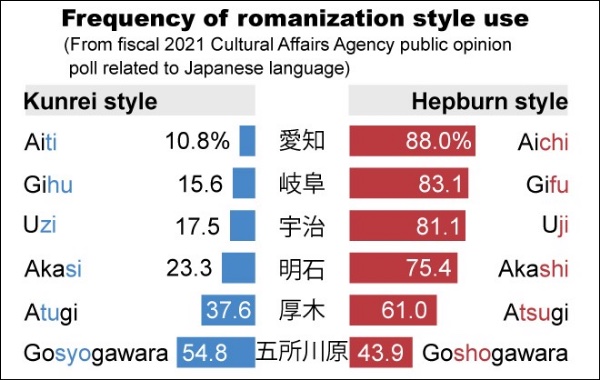Archive for Orthography
Boroughing into our subconscious
From "Why Does Everyone Hate Nickelback?", Medium 4/15/2021:
This was before Netflix, or even taping shows to watch later, so people were being repeatedly told that Nickelback is awful for three years, which boroughed its way into many people’s subconscious.
Read the rest of this entry »
Spread of "inclusive x"
Merriam-Webster's online dictionary entry for folx defines it as a re-spelling of folks "used especially to explicitly signal the inclusion of groups commonly marginalized".
The etymology is given as "respelling of folks, with x after MX., LATINX".
The entry also notes that the first known occurrence was in 1833, without clarifying that older uses (and many recent ones) are examples of eye dialect rather than inclusionary reference.
Read the rest of this entry »
Language as a (nonviolent) weapon
From the movie "Jak rozpętałem drugą wojnę światową" (How I Unleashed World War II):
The initial Q&A:
Q: Name und Vorname?
A: Grzegorz Brzęczyszczykiewicz.
Read the rest of this entry »
"Mama ŠČ!"
Among the entries in the 2023 Eurovision Song Contest, there's one of particular linguistic and political interest — from Croatia, Let 3's Mama ŠČ!:
[The video of the song's final Eurovision performance is blocked (at least for now) in the U.S. … but there seems to be a version of it here…]
Read the rest of this entry »
Three-letter Initialisms
I spent last week at the ASA conference in Nashville. The "ASA", as members all call it, is the Acoustical Society of America — but asa.org is "American Students' Assistance", while asa.com is the "American Sailing Association", and Wikipedia offers 75 other options for the ASA initialism.
This is general problem. Another organization that I belong to is the LSA, as the members of the Linguistic Society of America call it — but lsa.org is the "Louisiana Sheriffs' Association", and lsa.com is apparently malware associated with Windows' Local Security Authority, so I won't link to it. The Linguistic Society of America, having been pre-empted by the Louisiana Sheriffs, used to be online at the URL lsadc.org, but is now linguisticsociety.org. Wikipedia offers 48 other options for LSA. They include "Latent Semantic Analysis", which is the earliest of the word-embeddings at the root of the tree whose recent fruits include ChatGPT — which recently evoked some confusion on this blog as to the meaning of the GPT initialism.
There are obviously 26^3 = 17576 three-letter initialisms, and nearly all of them are spoken for, multiple times over.
Read the rest of this entry »
Catchphrases, mantras, and verbal tics
David Marjanović mentioned Ramzan Kadyrov's verbal tic [dɔːn] (a contraction of the Chechen filler /duj huna/, literally "there is for you"), no matter if he's speaking Chechen or Russian. That made me wonder what the equivalent would be in other languages? Something like "ya know" in English?
The common Mandarin word for this type of expression is kǒutóuchán 口頭禪 / 口头禅 ("catchphrase; favorite expression; stock phrase; pet phrase; mantra", where kǒutóu 口頭 ["on the mouth / lips; oral"] is the disyllabic modifier of the head noun). The three constituent morphemes mean "mouth / oral", "head", and "Zen / Chan (< Skt. dhyāna ["meditation"]), i.e., a meditative mantra (from Sanskrit मन्त्र (mantra, literally “instrument of thought”), from Proto-Indo-Aryan *mántram, from Proto-Indo-Iranian *mántram, from Proto-Indo-European *mén-tro-m, from *men- (“to think”). Doublet of mind) that is always on one's lips.
A synonym for kǒutóuchán 口頭禪 / 口头禅 is kǒupǐ 口癖, a slang neologism ("one's favorite expression; stock phrase; pet phrase", where pǐ 癖 means "craving; disposition; addiction; weakness for; habit"), which is an orthographic borrowing from Japanese kuchiguse 口癖 ("phrase that one uses regularly").
Read the rest of this entry »
ytš ḥṭ ḏ lqml śʿ[r w]zqt
Which being translated is "May this tusk root out the lice of the hai[r and the] beard".
You can read all about this object here: Daniel Vainstub et al., "A Canaanite’s Wish to Eradicate Lice on an Inscribed Ivory Comb from Lachish", Jewish Journal of Archaeology 2022. The abstract:
An inscription in early Canaanite script from Lachish, incised on an ivory comb, is presented. The 17 letters, in early pictographic style, form seven words expressing a plea against lice.
Read the rest of this entry »
Mutilating Hangeul: visual puns as a parallel orthography
Bizarre scriptplay in Korea:
[Newsmaker] "What is ‘daengdaengi?’ Government’s use of Hangeul slang stirs controversy"
By Lim Jae-seong, The Korea Herald (Oct 7, 2022)
The article is rather long. Here I quote only the first portion, but will summarize some of the more important points at the bottom.
The National Institute of Korean Language’s use of slang words on its recent social media post has stirred controversy, questioning whether it is right for the state-run language regulator to use a distorted version of the language.
To mark the upcoming Hangeul Day on Sunday, the institute had posted an image to announce its special event on its Twitter account last month. In the posted image, it asked the followers what their views are on using the so-called “Yaminjeongeum.”
Read the rest of this entry »
Japanese Romanization: they still haven't decided
All Japanese individuals who have attended elementary school since WW II have been taught to read and write romanized Japanese, and romanization is widely used for computer inputting and for other specialized purposes, particularly for those involving foreigners who do not know kana and kanji, but by no means for everyday reading and writing by Japanese citizens. There are numerous different schemes for the romanization of Japanese, but the three main ones are: Hepburn, Kunrei-shiki, and Nihon-shiki. More about each of them below, but first a rough comparison of the two leading systems:
From Momoko Jingu, "Cultural agency now weighing romanization of Japanese words", The Asahi Shimbun (10/1/22).
Read the rest of this entry »
"Collapsed" calligraphy, part 2
New article by Nyri Bakkalian in Unseen Japan (9/17/22):
"New App Promises Greater Convenience in Reading Old Japanese Cursive:
Kuzushiji, the 'crushed letters' found in historical Japanese documents, have long been the bane of scholars. A new app may change all that."
The author bemoans:
During my graduate education in Japanese history, interpreting handwritten primary source material from the 19th century and earlier was one of my greatest challenges. Typeset historic documents exist, especially in my period of focus during the Bakumatsu-Meiji transition. But the further back in time one’s research focus is situated, the rarer these documents become. There is a plethora of handwritten documents, written in historic cursive, but learning how to read them is a significant investment of time and resources beyond the means of most people who might otherwise have the inclination to learn.
Read the rest of this entry »



